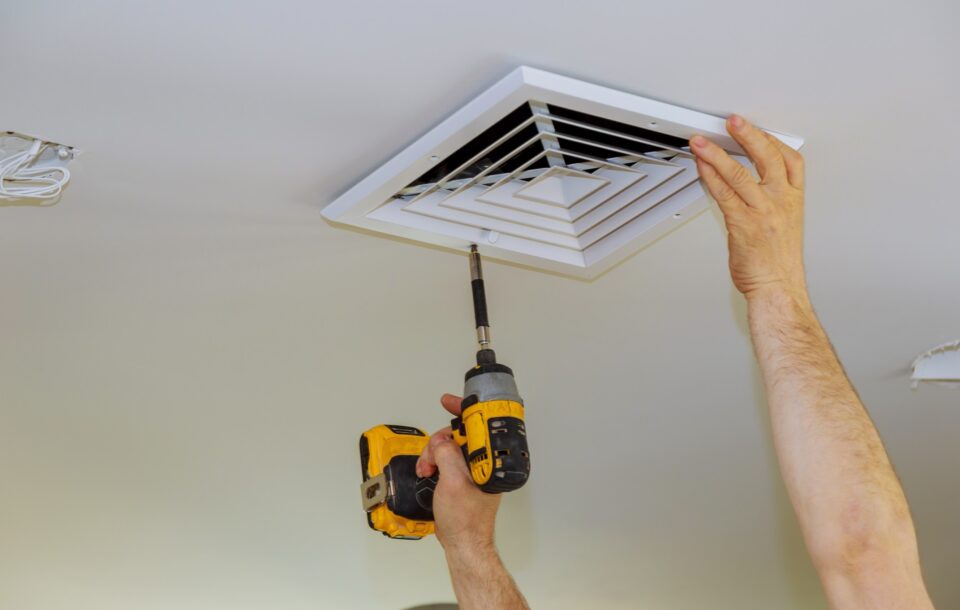Property owners must follow careful measures in the winter to avoid serious property damage and mold developments. Winterization processes protect a multitude of elements inside and around the property. The service providers address leaks that allow air to enter the property and eliminate access points for unwanted creatures.
Seal Off All Leaks
The first step is to seal off all leaks completely. When walking through the property, a technician assesses all areas where heat loss or drafts could happen. This includes the windows, entry doors, and all baseboards where there are cracks. When winterizing the home, the property owner must follow their advice and ensure that all recommended areas are sealed with caulking, weather stripping, and other suggested sealants.
Add New Insulation
If the property’s insulation is older than ten years, it is recommended that they schedule a new insulation installation to improve protection for the property. New insulation prevents air from getting into or out of the home through the walls, ceilings, and flooring.
Proper insulation should be the recommended grade to maximize protection against the elements and prevents moisture from building up in the walls. Crawlspaces are sealed off with the right insulation. Property owners can learn more about crawl space updates by contacting a service provider now.
Set Up Pest Control as Needed
Pest control is vital for protecting the home and getting ready for the winter. In the winter months, many pests will try to get into the home to stay warm. A residential property is a great option for pests to find a hidden spot to build a den or nest for reproduction. They can also get into the walls if the walls aren’t insulated properly.
Get a Vapor Barrier for the Crawl Space
A vapor barrier is vital for crawl spaces and prevents moisture and condensation from causing mold developments. The installation can also prevent water from a leak from causing more significant property damage. The barrier can also provide protection against foundation damage that is often caused by excessive moisture in the crawlspace. The property owner must install it all the way throughout the crawlspace and prevent water or dampness to cause the foundation to crack and cause property instability.
Have Your Pipes Winterized, Too?
When it comes to plumbing, it should be winterized, too, or it could burst if the temperature gets too low. Plumbers can check the seals around the water pipes to ensure that there aren’t any existing leaks, and they will use specialized equipment to determine if there are any leaks underground. Plumbers can wrap the water pipes in the fall before the temperature drops below freezing, and it will prevent serious property damage.
Property owners must follow careful steps to winterize their property and protect it against significant risks. In winter, the temperatures could become too cold and the pipes may freeze and burst. If the property isn’t insulated properly, air leaks could affect the HVAC systems. Property owners can learn more about winterizing their homes by contacting a service provider now.

